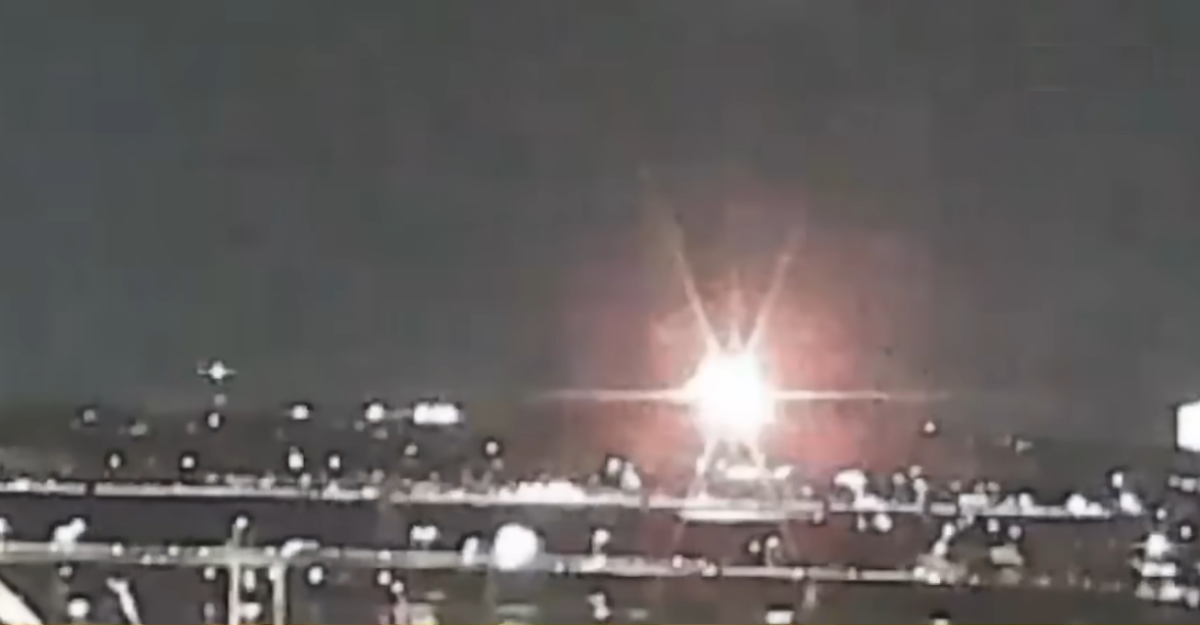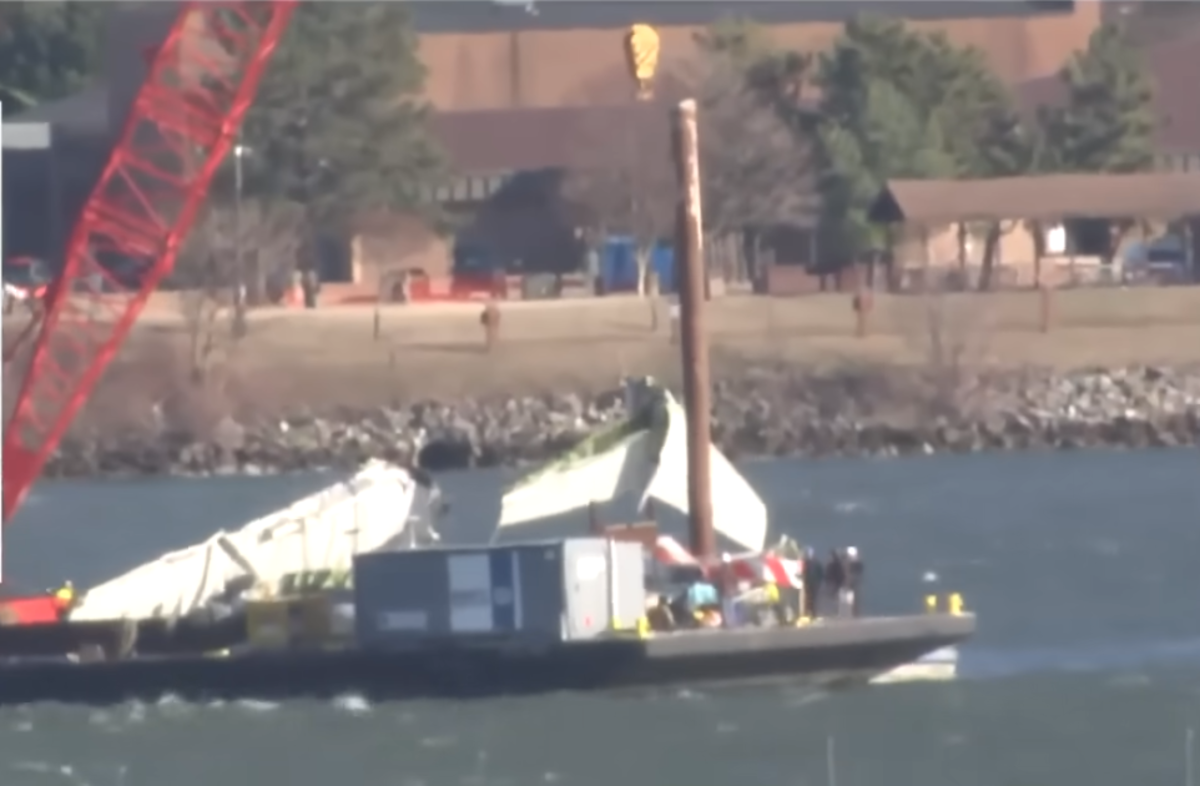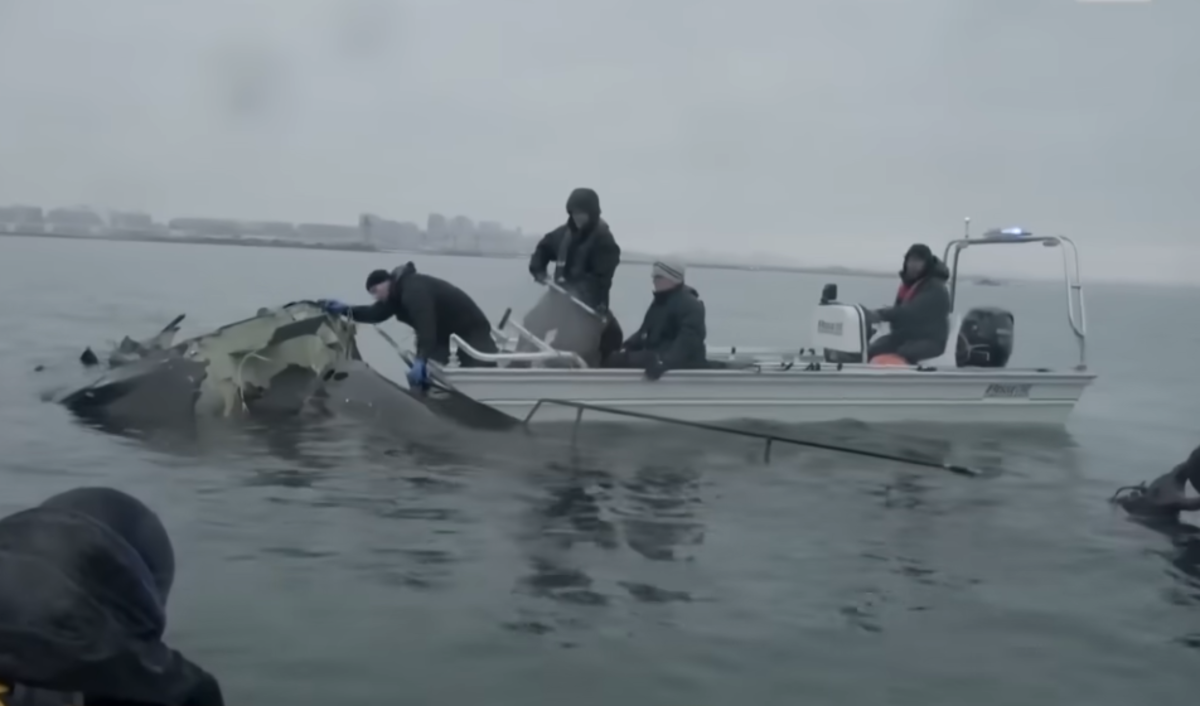Rescue teams in Washington, D.C., have identified 55 of the 67 victims from the deadly mid-air collision between an American Airlines flight and a U.S. Army Black Hawk helicopter. The crash is now considered the deadliest U.S. air disaster since 2001, and families of the victims are anxiously awaiting answers as investigators continue to probe what went wrong.

Fire and EMS Chief John Donnelly reported that the search for the remaining 12 victims is still ongoing, though he emphasized the challenges of locating them. “If we knew exactly where they were, we would have already recovered them,” he explained. Divers and rescue teams are carefully sifting through wreckage in the Potomac River, with more than 300 personnel involved, including Navy salvage teams using barges to lift debris.
The toll on first responders has been significant, with one diver hospitalized for hypothermia and later discharged. A firefighter described the scene as “emotionally exhausting,” revealing how clear water allowed rescuers to see the full extent of the crash’s devastation.

On Sunday, families of the victims arrived near the crash site, escorted by police. Todd Inman of the National Transportation Safety Board (NTSB) acknowledged the emotional strain on families, stating, “Some families wanted to hug us. Others are just angry. They all want answers, and we are doing everything we can to provide them.”
Investigators have now discovered that the Black Hawk helicopter may have been flying off its designated flight path, hundreds of feet higher than its approved altitude. The helicopter, assigned to fly below 200 feet on “Route 4,” was reportedly flying above 300 feet and more than half a mile off course when it collided with American Airlines Flight 5342.

Further complicating the situation, reports suggest that the air traffic control tower at Reagan National Airport was understaffed at the time of the crash. A preliminary FAA report confirmed that staffing was “not normal” given the volume of air traffic, and troubling audio recordings revealed vague communication between the air traffic controllers and the Black Hawk pilot.
Transportation Secretary Sean Duffy called for answers, questioning the situation in the control tower and the lack of response from the Black Hawk pilot. The FAA has imposed new restrictions on helicopter traffic near the airport as the investigation continues. Meanwhile, former President Donald Trump highlighted the Black Hawk’s altitude as a key factor in the crash, criticizing its altitude being far above the 200-foot limit.

This crash marks the deadliest aviation disaster in the U.S. in over 20 years, with the last similar event occurring in 2001. While air travel remains generally safe, the complexities of operating in crowded airspace, particularly around Washington, D.C., remain a significant challenge. Investigators continue to search for answers as the nation grapples with the tragedy.
Click below to read more…





